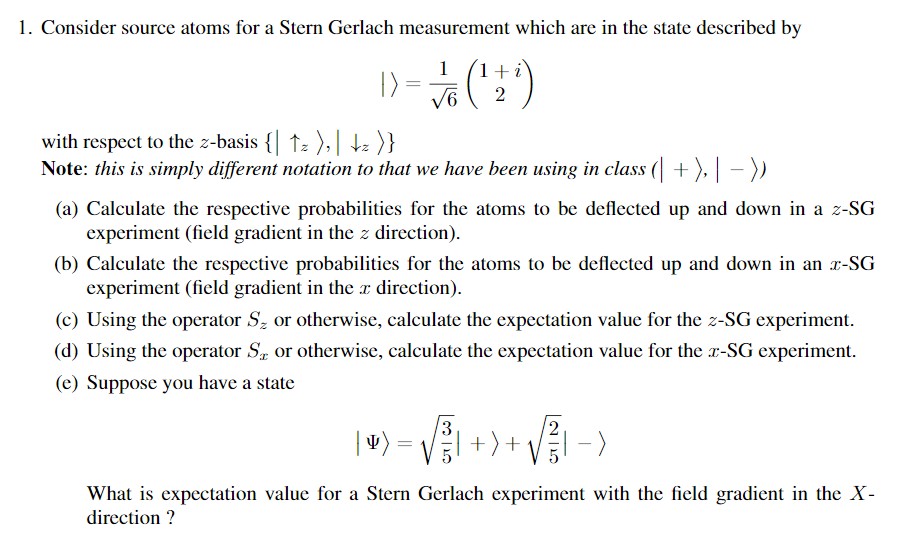

“A lot of content publishers will have to gear up for this new reality.
#Quantum calculator youtube tv
However, ChuChu TV has also diversified in licensing and merchandising business in partnership with Dream Theatre, a move which Sinha feels other will have to follow. While its flagship channels, Kids TV, has over 14.6 million subscribers and 5.95 billion views, overall, the company has crossed 50 million subscribers and 40 billion views for its library containing over 30,000 videos.Īnother popular kids’ network from India is Chennai-based ChuChu TV, which has crossed over 28 billion views and 30 million subscribers on its flagship channel. USP Studios runs over 550 kids channels on YouTube and is home to more than 50 animated characters. However, YouTube is working hard on finding a solution to this issue and supporting the creator ecosystem in addition to pushing their kids app,” Singh told ET. “It will be bad in the short term as interest based advertising is switched off. Uday Singh, founder of Mumbai-based USP Studios, one of the top three kids video content producers in the world, agreed that the new rules will have a “big impact” on kids content creators worldwide. YouTube also mentioned that many creators around the world have created quality kids content for their audiences, and these changes will have “significant impact”. For example, we no longer serve personalized ads on this content or support features such as comments, live chat, notification bell, stories, save to playlist, and others,” it said. “This means that on videos made for kids, we limit data collection and use, and as a result, we need to restrict or disable some product features. I am sure advertisers will have apprehension to air their ads without data supported targeting,” he said.Īs per the company’s blog, YouTube will now treat personal information from anyone watching children’s content on the platform as coming from a child, regardless of the age of the user. “Now they will get only contextual ads and not personalised ads, which majority of advertisers look for. “The new policy will have a significant impact on revenues of content creators,” said Kumar Deb Sinha, country head of The StoryLab, the specialist content agency from Dentsu Aegis Network.Īs per Sinha, theses creators were so far following a simple model of putting out content at reasonable production cost optimised by scale of production on YouTubeand earning on the back of millions of views and watch time it generated. Other researchers have shown that the operation used in the group’s supremacy experiment could be adapted for studying the properties of molecules or solving problems involving mathematical graphs, which crop up in areas including transportation and social networks.However, the change in rules will have catastrophic effect on content creators, who have been creating kids content, industry experts believe. Lu of the China team says it is also working on larger and more tunable versions of Jiuzhang. They have the advantage of using the same components used in many telecommunications networks. Weedbrook, who put his first prototypes online for early customers in September with up to 12 qubits, says his team can make more flexible devices than Jiuzhang and believes photonic quantum computers can soon catch up with other forms.

Quantum computers made from qubits based on individual atoms levitated in electric fields, called ion traps, are offered by industrial giant Honeywell and startups including IonQ, and are available via Amazon's and Microsoft’s cloud services. Qubits based on superconducting circuits are the most prominent, in part thanks to heavy investment from Google and IBM.

Several different forms of quantum hardware are being developed in academia and industry. “It’s a milestone in photonic quantum computing,” he says, “but also good for all of us.” Christian Weedbrook, CEO and founder of Toronto quantum computing startup Xanadu, which is also working on photonic quantum computing, says the result is still notable as a reminder that there are multiple viable paths to making quantum number crunching work. Its settings were effectively hard coded into its optical circuits. One difference between Jiuzhang and Google’s Sycamore is that the photonic prototype is not easily reprogrammable to run different calculations. “It’s a milestone in photonic quantum computing, but also good for all of us.”Ĭhristian Weedbrook, CEO and founder, Xanadu


 0 kommentar(er)
0 kommentar(er)
